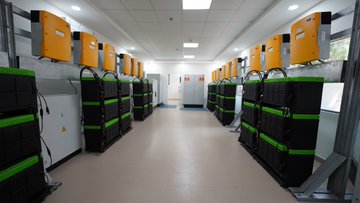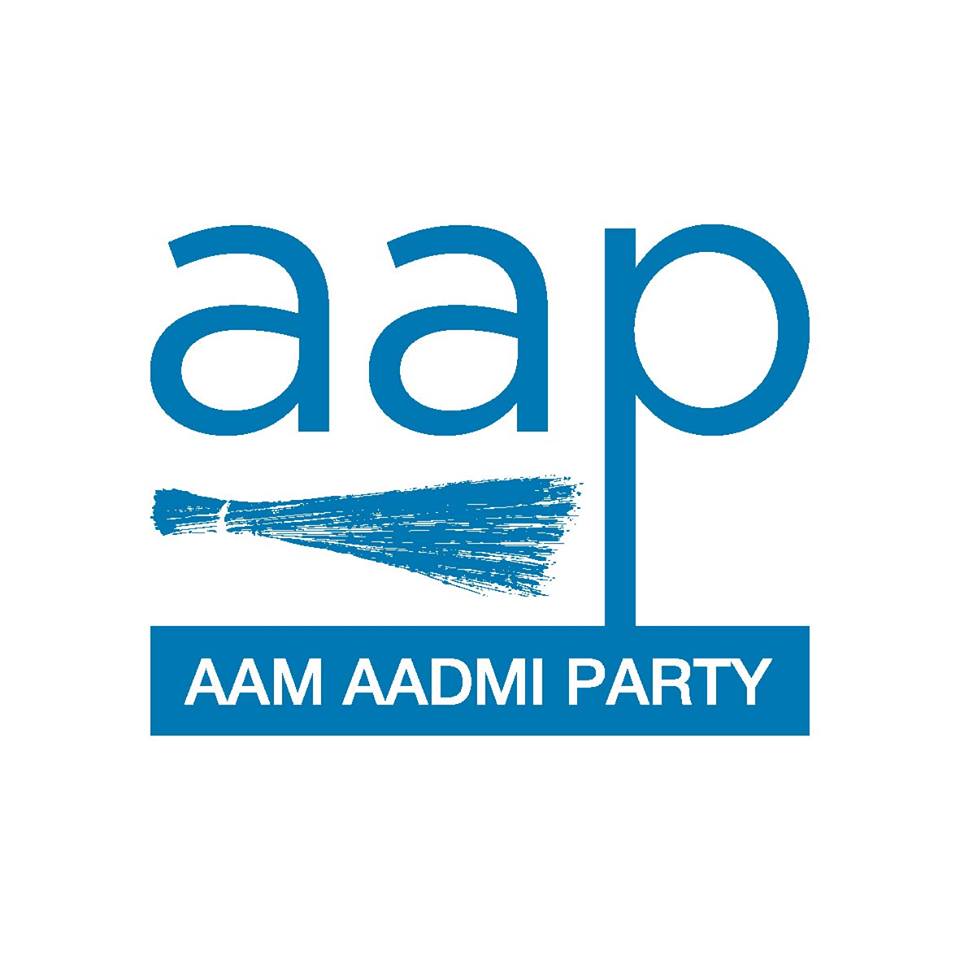

Strengthening Infrastructure
The AAP Delhi Government’s goal is to ensure reliable & uninterrupted power.
- With an aim to improve the reliability of power supply in the national capital territory, Delhi planned to spend ₹4600 crores on power transmission projects for its tenure and until 2022, as per Economic Survey of Delhi 2017-18.
- To improve the power conditions in Delhi, all three companies, BSES Yamuna Power Limited, BSES Rajdhani Power Limited, and Tata Power Delhi Distribution are expanding their infrastructure including installation of power transformers, EHV cables, feeders, shunt capacitors, etc.
- From 2015 to 2019, there has been a 17% augmentation in transformer capacity as a result of relentless pressure from AAP MLAs, and expedited allocation of land for transformer augmentation.

10MW Battery Energy Storage System
Power minister Satyendar Jain visited the 10MW Battery Energy Storage System at Rohini on 29th Aug 2021. It will be used for electricity load management across the capital. The system will prevent power cuts and fluctuations, and can be charged through renewable sources of energy as well.
This system is made by Tata Power and is the biggest and first of its kind not only in India but in entire South Asia.
“Our vision is to create a network of such power banks around Delhi worth 600 MW which will ensure that consumers don’t get affected at all due to grid fluctuations.” – Satyendar Jain, Delhi Power Minister
Tweet by Satyendar Jain, Delhi Power Minister

Sustainable Power
The AAP Delhi Government has been striving towards providing greener and cleaner power.
Solar Rooftop Model in Delhi
- The Delhi Government had developed and installed over 21 mega-watt (MW) of solar rooftop plants across 150 Delhi Government schools by 13th Dec 2020. The government aims to generate 2,000 megawatt (MW) of solar energy by 2025.
- These are expected to save about Rs 8.8 crore on electricity bills cumulatively each year, apart from earning Rs 8.5 crore from selling electricity generated by these rooftop solar systems.
- In Dec 2020, the Solar firm Oakridge Energy signed agreements with the Delhi government and Kendriya Vidyalaya Sangathan to solarise 1000 educational institutions by 2022 in Delhi.
- The developers of rooftop solar (RTS) were identified through competitive bidding in the capital. Zero-investment Renewable Energy Service Company (RESCO) model, which provides energy to consumers from renewable energy sources, was adopted for the project.
- A quarter of the total project cost was borne by the central government upon completion. Schools in Delhi procure electricity at Rs 3.13 per kilowatt per hour from RESCO developers, which is 65 per cent cheaper than DISCOMS.
- These schools can sell the electricity at Rs 5.65 / kWh to the DISCOMS (BSES or NDPL) for any surplus generation during non-working days.
- Unlike other states clambering to identify government establishments for the project, the Delhi government floated a pre-approved bid that helped install solar rooftops in the middle of the novel coronavirus disease (COVID-19) pandemic.
- It said it was “critically monitoring the assets and their daily generations remotely so that the developer and schools don’t lose any opportunity in revenue generation”.
- The developers stated that the project can help save approximately 26,412 tonnes of carbon dioxide (CO2) annually by generating 21.5 MW capacity. Most of these schools have an unused shadow-free terrace ideal for RTS and meeting their daytime electrical loads.
- The largest rooftop solar plants have been set up in West Vinod Nagar (195 kilowatts peak), Rohini (170 kWp), Rouse Avenue (150 kWp), East Vinod Nagar (146 kWp) and Rajokari (127 kWp).
- The amount saved on electricity bills can be utilised in activities related to education, developing infrastructure and generating awareness about renewable energy solutions.


Solar power plants
- The AAP government formulated the Delhi Solar Energy Policy in 2016.
- The target for FY 2020-21 for the “number of solar PV plants (cumulative) installed on government offices and private buildings” was proposed based on Solar installation of 21.5 MW on Government. buildings and 100 MW under “Mukhya Mantri Kisaan Aay Badhotary Solar Yojna”. (Source: Pg. 120, Output Budget status, 2020-2021)
- As of January 2021, approximately 4664 solar power units with an aggregated capacity of 193 MW had been installed in Delhi.
- By Jan 2021, around 225 acres of land for the installation of solar power plant had been offered by farmers under the “Mukhyamantri Kisan Aay Badhotary Yojna” (Source: Pg. 56, Budget Speech, 2021-2022).
- On 10th Sept 2021, Satyendar Jain, Delhi Power Minister inaugurated a smart micro-grid Solar Power Station & Charging Station at Malviya Nagar with the assistance fro te Government of Germany.
Tweet by Satyendar Jain, Delhi Power Minister


Bio-gas plants
[ A Biogas plant is a renewable energy source that produces methane gas, from raw materials such as agricultural waste, manure, municipal waste, plant material, sewage, green waste and food waste, that can be further converted to CNG or electricity. ]
On 1st Dec 2021, Power Minister Satyendar Jain announced that the Delhi Jal Board would be upgrading all 20 Bio-gas plants and Sewage Treatment Plants (STPs) in a span of 15 months using the latest state-of-the-art technology, instead of employing the conventional technology that would have taken 4-5 years.
This will facilitate bio-gas and clean electricity generation, reduce organic waste and ensure a green and clean Delhi.

Delhi’s power supply heavily dependent on other states
Delhi does not have any coal-fired thermal power plants. The three that used to run at Rajghat, Indraprastha, and Badarpur, were shut down owing to environmental pollution reasons.
Delhi has gas-based power plants, but the total power generation is much less than the demand, and the cost of gas is very expensive.
Delhi depends on coal-fired power plants running in other states for a majority of its power supply.
Info about sources of power in Delhi. (Source: Aaj Tak – link)


